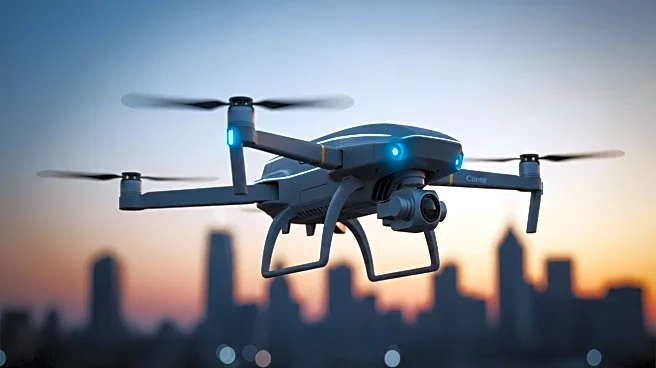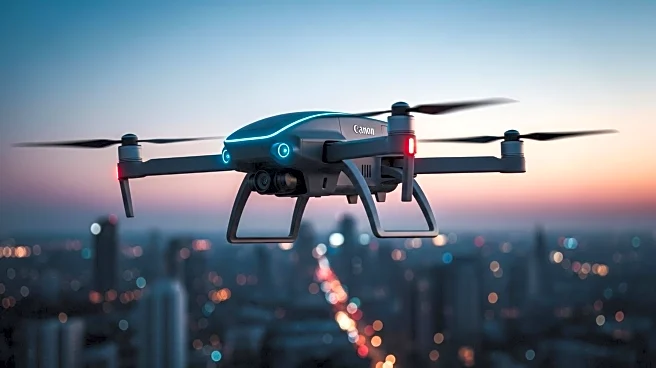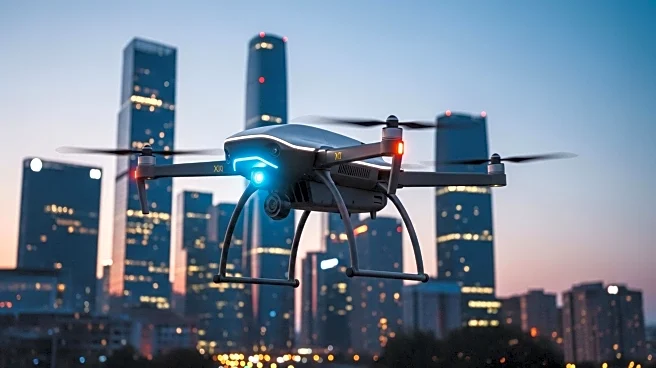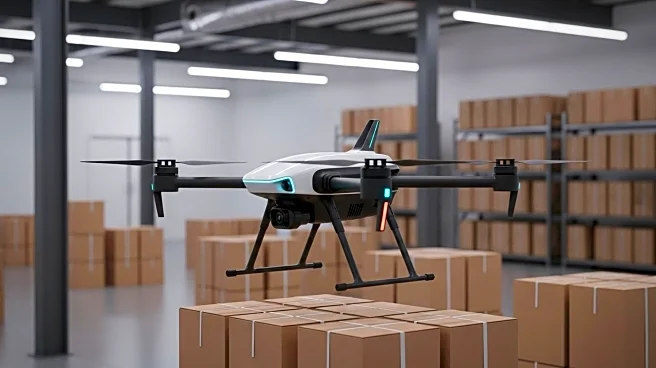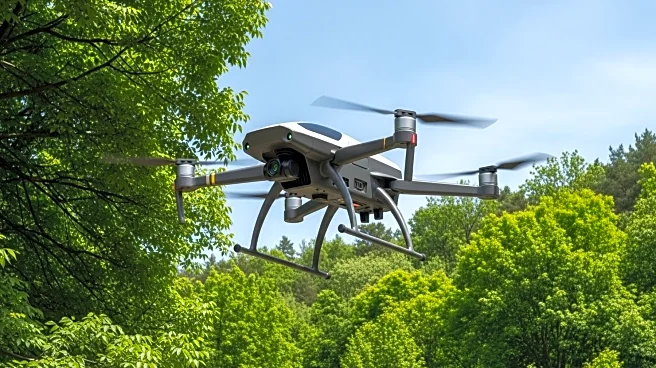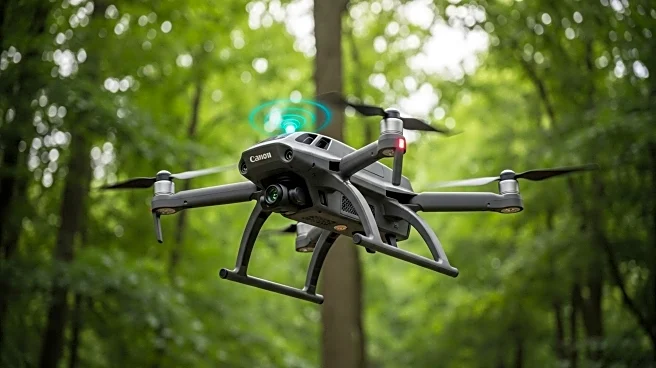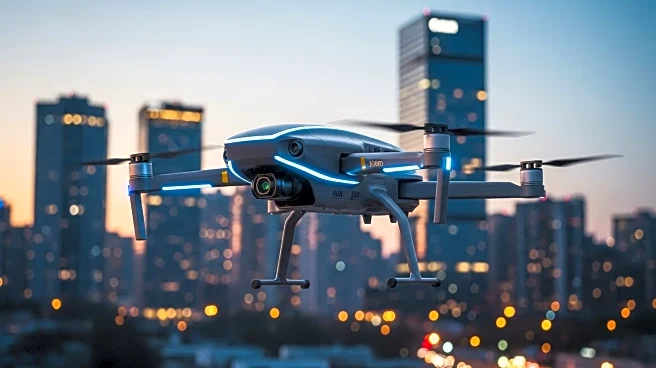What is the story about?
What's Happening?
Uber is entering a new phase in drone delivery through a partnership with Flytrex, aiming to succeed where its previous Uber Elevate project faced challenges. Advances in regulation, particularly the Federal Aviation Administration's (FAA) proposed Part 108 rules, are expected to facilitate beyond-visual-line-of-sight (BVLOS) operations, making large-scale drone delivery more feasible. The partnership leverages improvements in autonomy and cost-efficiency, positioning drones as viable options for last-mile logistics.
Why It's Important?
The introduction of Part 108 rules could significantly lower operational costs by allowing a single operator to manage multiple drones, reducing the need for individual pilots. This regulatory shift is crucial for scaling drone delivery services, potentially transforming e-commerce and logistics industries. The success of Uber's partnership could set a precedent for other companies, encouraging broader adoption of drone technology and reshaping delivery infrastructure.
What's Next?
As the FAA finalizes Part 108, companies will likely accelerate their drone delivery initiatives. Uber and its partners may expand their operations, testing the scalability and efficiency of their systems. The industry will watch closely to see how these regulatory changes impact the competitive landscape and whether they lead to widespread adoption of drone delivery services.
Beyond the Headlines
The integration of AI in drone operations could further enhance efficiency, enabling more complex and autonomous delivery systems. However, challenges such as airspace congestion, privacy concerns, and power grid demands remain. Addressing these issues will be critical for the sustainable growth of drone delivery services.
AI Generated Content
Do you find this article useful?
